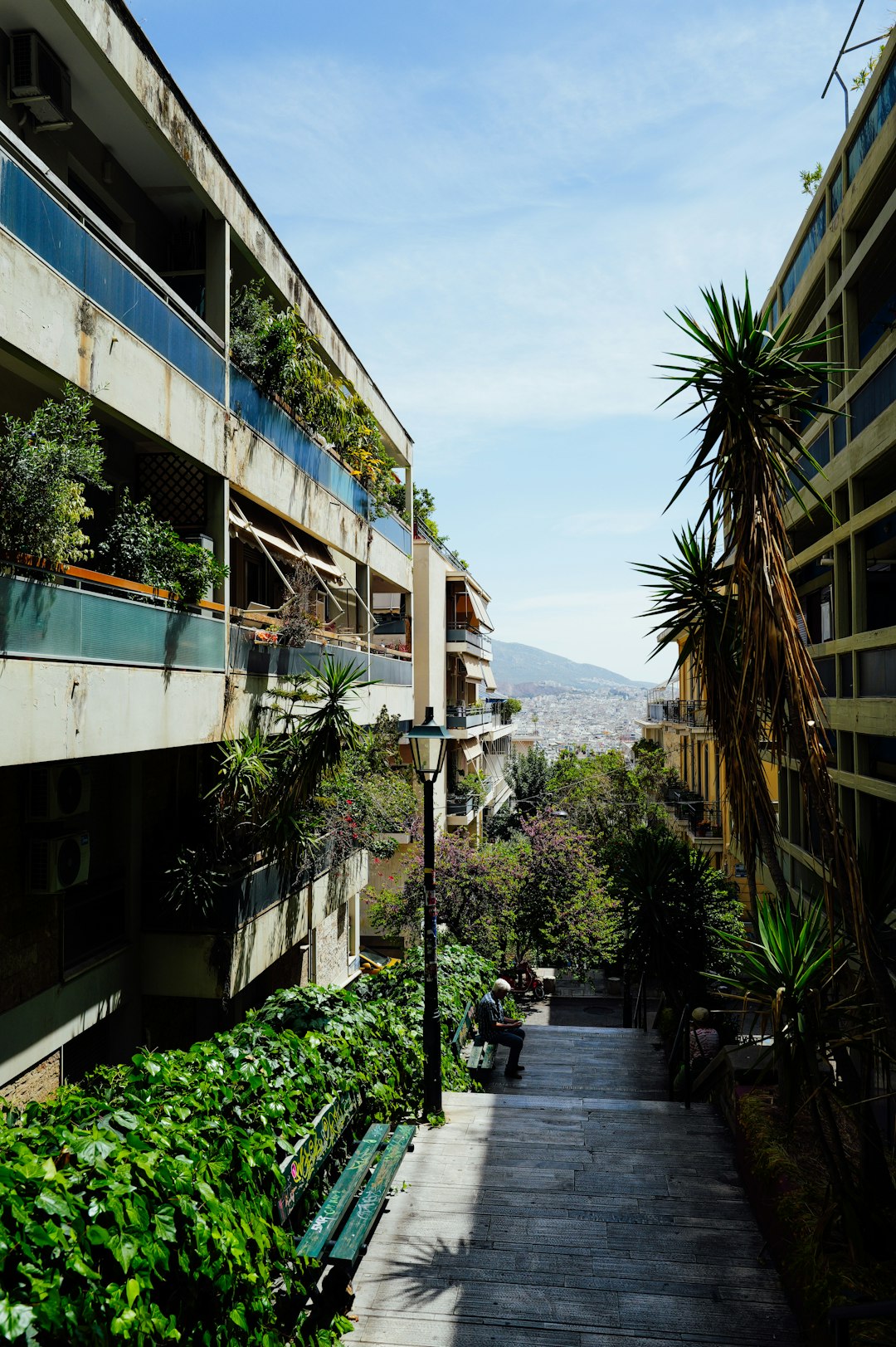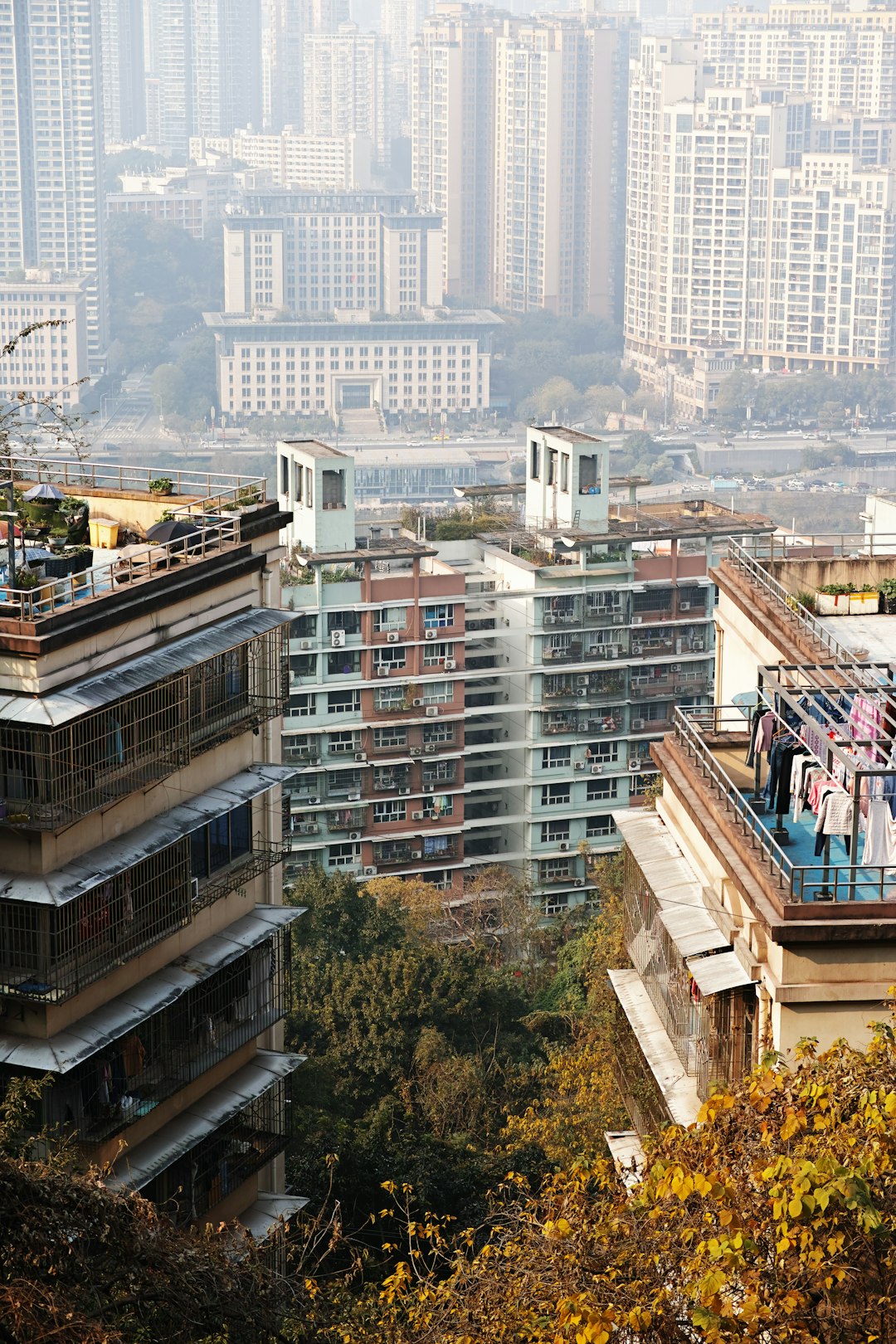The residential landscape of Streatham, one of South London’s most dynamic neighborhoods, is poised for significant change following the recent announcement of a major co-living development project. Property experts and local authorities alike are optimistic that the planned venture will not only help address the area’s housing demand but also inject fresh vitality into the broader property market.
Co-living—a modern form of shared housing where individuals rent private rooms while sharing communal spaces—has gained traction in recent years as a viable solution to urban housing challenges. The new development, which is set to be constructed just a short walk from Streatham station, is expected to include over 200 bedrooms, integrated communal facilities, and a series of ground-floor retail units.

According to Lambeth Council’s planning officers, the project aims to create a strong sense of community among residents while promoting affordability and sustainability. Designed with young professionals and key workers in mind, the accommodation will bring a much-needed alternative to the traditional rental market in this busy South London district.
The Economic Implications
Industry professionals believe this development could have a ripple effect on Streatham’s property value and economic growth. According to a recent report published by South London Housing Observatory, areas that introduce large-scale co-living projects often experience:
- Increased property values in surrounding areas
- Higher demand for local services such as retail and dining
- Improved transportation infrastructure through investment and footfall
This is particularly relevant for Streatham, which has experienced moderate growth in property prices over the past three years. The planned development’s proximity to transport links and amenities makes it especially attractive for first-time buyers and renters who are priced out of more central London boroughs.
Modern Urban Living
What sets this upcoming project apart is its focus on sustainability and communal well-being. The developers have outlined detailed plans for:
- Solar-powered communal facilities
- Extensive green rooftops and vertical gardens
- On-site gyms, co-working lounges, and social spaces

Such features make it clear that this is not merely a housing solution, but a lifestyle offering. “People want more than a bed to sleep in—they’re looking for a full living experience that’s cost-effective and socially enriching,” says Laura Denning, a senior analyst at UK Living Trends.
She adds that the flexible leasing models and all-inclusive bills offered in co-living developments strike a chord with younger demographics who prioritize convenience and community over square footage.
What This Means for Local Residents
While the project has received broad support, questions remain about how it will impact long-term residents. Concerns about congestion, changing neighborhood dynamics, and increased demand for public services were raised during the public consultation phase. In response, developers have pledged to invest in:
- Infrastructure upgrades including improved cycling paths and pedestrian access
- Community outreach programs to integrate new and existing residents
- Partnerships with local schools and businesses to support the broader economy
Many local business owners are cautiously optimistic. “More footfall is generally good for business,” says Arjun Patel, who runs an independent bookshop on Streatham High Road. “But we do hope the development keeps the character of the neighborhood intact.”
Outlook for Investors and Buyers
As London continues to grapple with a chronic housing shortage, co-living developments are increasingly viewed as a smart investment. Market analysts suggest that early investors in similar projects in nearby areas such as Clapham and Brixton have seen returns exceeding 8% annually.
Streatham is likely to follow this upward trend, offering promising opportunities for:
- Buy-to-let investors capitalizing on rental demand
- Young professionals entering the London property market
- Downsizers seeking modern, low-maintenance living arrangements

With construction set to begin in early 2025 and completion expected by the end of 2026, the Streatham co-living development could mark a defining moment for the area’s housing trajectory. Whether it will serve as a model for future urban housing remains to be seen, but early signs point toward a more dynamic, community-focused vision for South London living.










